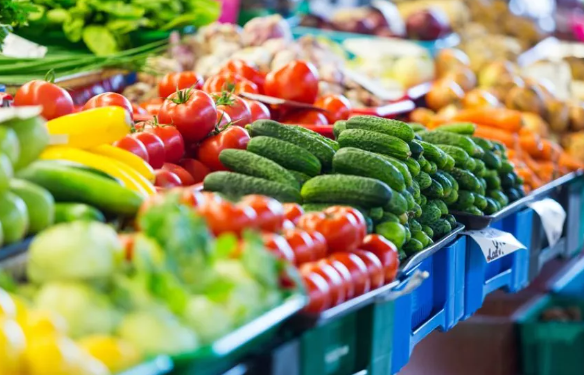#GreenhouseVegetableProduction #FertilizerManagement #NutrientUseEfficiency #SustainableAgriculture #EnvironmentalSustainability #AgriculturalPolicy #ClimateAdaptation #CropNutrition #China’sAgriculture #AgriculturalInnovation
In the ever-evolving landscape of China’s agriculture, the dynamics of fertilizer application in greenhouse vegetable production (GVP) have emerged as a critical concern. This article delves into a comprehensive review spanning over three decades, shedding light on the shifts in conventional application rates (CAR) and nutrient use efficiency (NUE) of fertilizers.
China’s greenhouse vegetable production has experienced an exponential surge over the past thirty years, transforming the nation into a global leader in vegetable cultivation. However, this rapid expansion has come with its own set of challenges, particularly concerning fertilizer management. A thorough analysis of 476 research papers spanning from 1990 to 2021 reveals intriguing insights into the changing landscape of fertilizer application practices within China’s GVP sector.
The findings indicate a discernible decline in the CAR of nitrogen (N) and phosphorus (P) fertilizers from 1993 to 2020, alongside a fluctuating trajectory in the CAR of potassium (K) fertilizer during the same period. Notably, regions such as the warm area around the Bohai Sea and the subtropical rainy area in the Yangtze River basin exhibited higher CAR of fertilizers compared to other areas, owing to distinct climatic conditions.
Despite the commendable growth in vegetable production, the excessive use of fertilizers in intensive greenhouse cultivation has raised concerns regarding environmental sustainability and nutrient use efficiency. Studies underscore the necessity for tailored fertilization strategies to optimize productivity while mitigating adverse environmental impacts.
Drawing from a plethora of literature, this review underscores the imperative of adopting sustainable fertilization practices to ensure the long-term viability of China’s GVP sector. By examining interannual trends and influencing factors, the study highlights the significance of nuanced fertilizer management tailored to diverse climatic conditions and crop requirements.
While China’s GVP sector has witnessed remarkable growth, it is imperative to prioritize sustainable fertilization practices to safeguard environmental integrity and ensure the sector’s continued prosperity. Through concerted efforts and informed policies, China can chart a path towards a more sustainable and resilient agricultural future.










